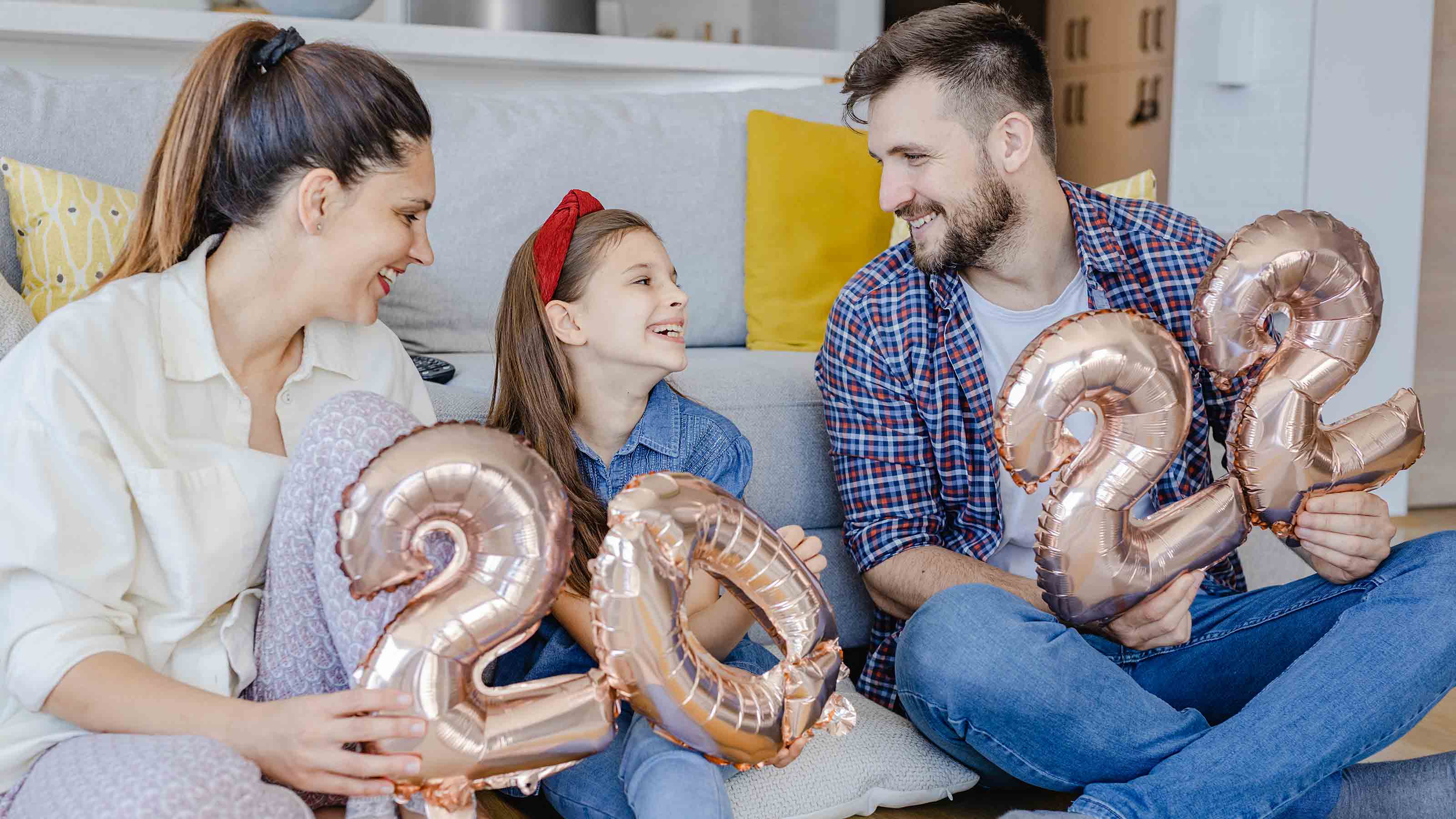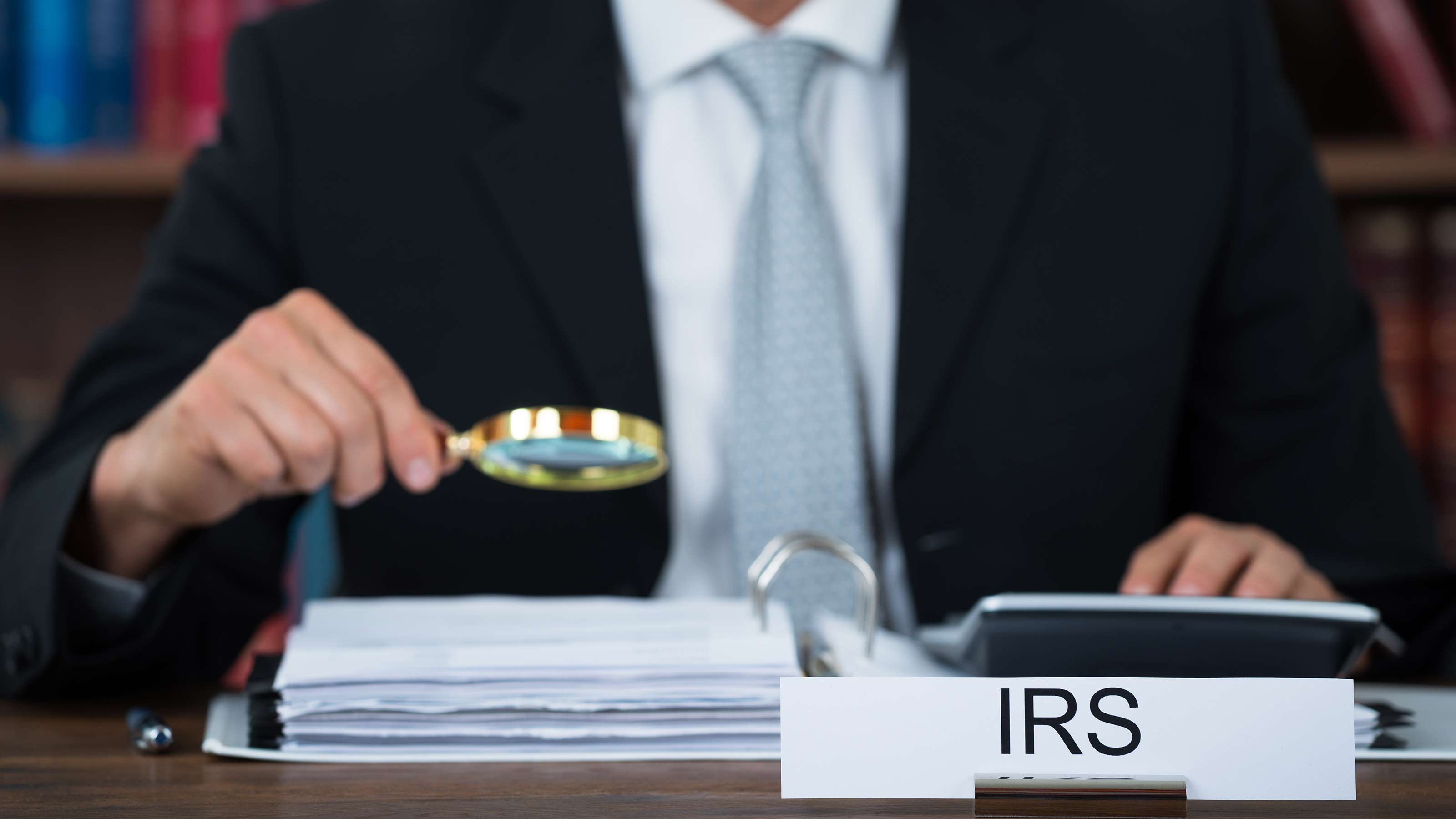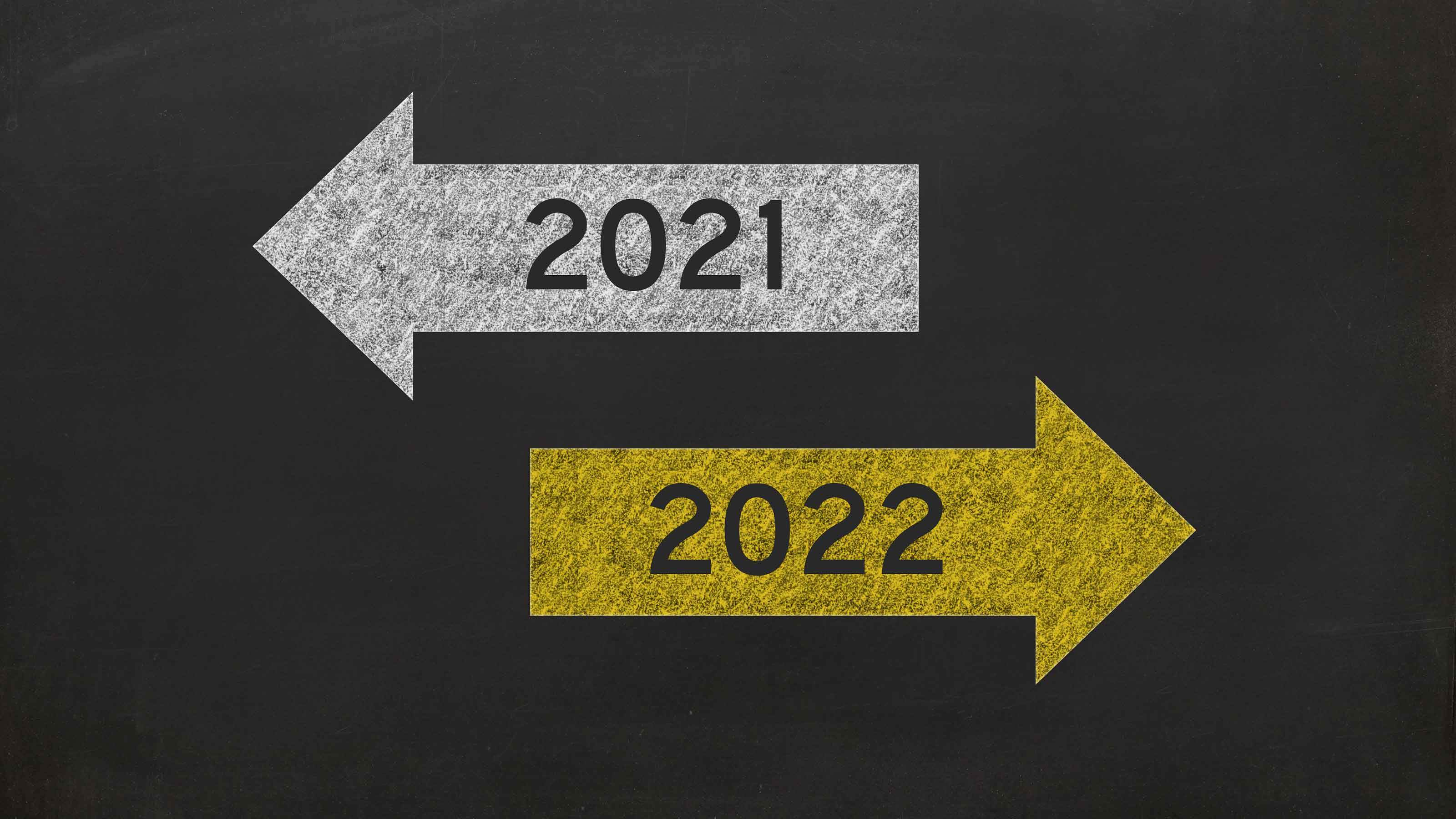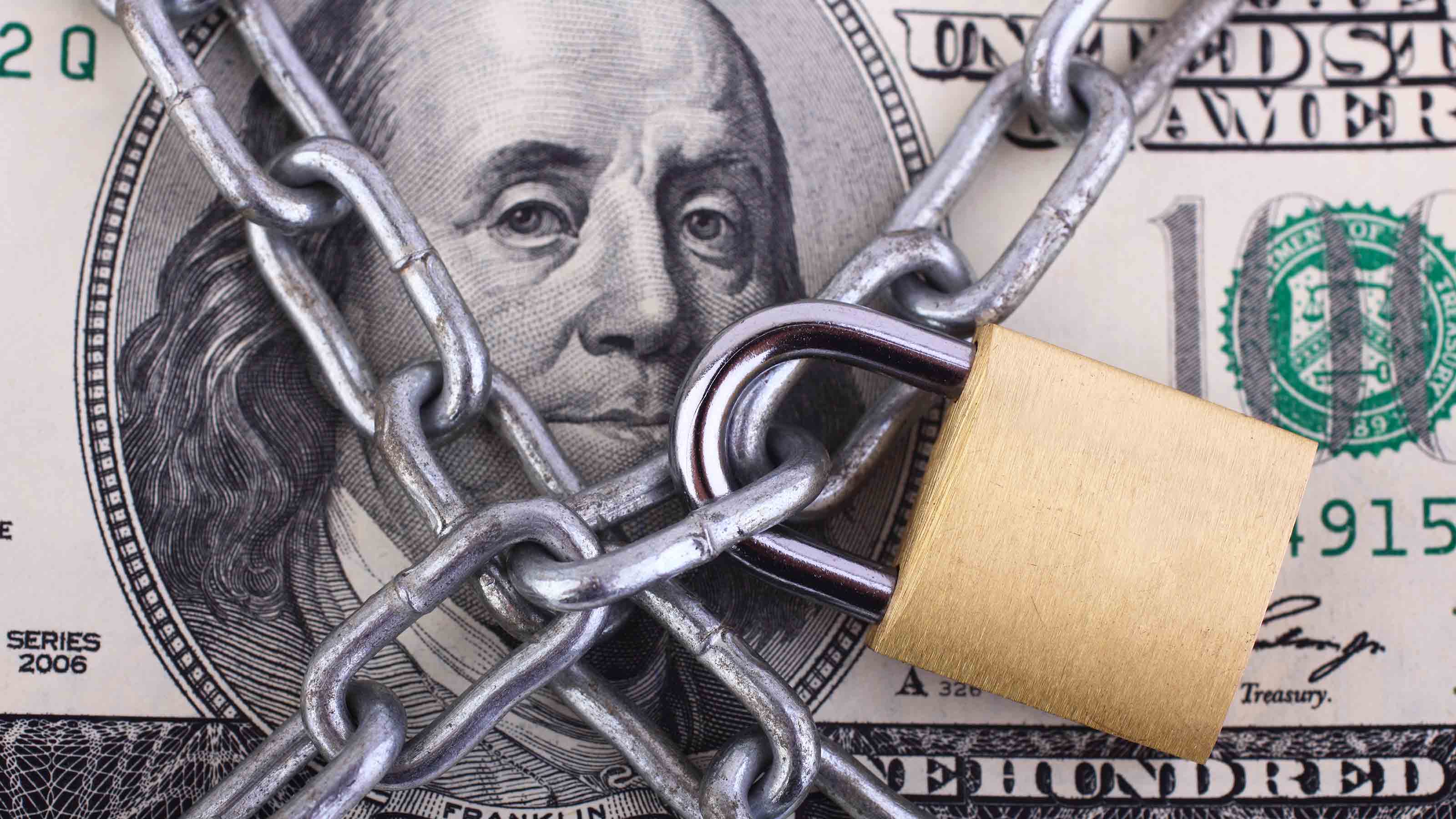Child Tax Credit 2022: How Next Year's Credit Could Be Different
President Biden wants to extend the enhancements made to the 2021 child tax credit – but with some important differences.


The child tax credit for 2021 is bigger and better than ever. Enhancements made by the American Rescue Plan Act back in March increased the overall credit amount, allowed older children to qualify for the credit, made the credit fully refundable, and authorized monthly advance payments from July to December. But here's the bad news – all those changes are temporary. They only apply for 2021, and then they'll all go away.
However, President Biden and Congressional Democrats are pushing hard to extend those child tax credit enhancements. In fact, the latest version of the Build Back Better Act (as passed by the House) includes a provision to do just that. Under the proposed legislation, the 2021 version of the child tax credit would be extended for an additional year – but with some important changes.
Some of the proposed changes for 2022 would be good for parents with children. Others, not so good. How you could be affected may depend on your income, tax return filing status, child custody arrangements, or some other factor. To help you figure it all out and see where you would fit in under the latest proposal, here are 8 notable ways the 2022 child tax credit would differ from the 2021 credit under the Build Back Better Act. Of course, the legislation could change before it's finalized – or never make it out of Congress. But spending some time now to learn about the possible changes could help maximize next year's child tax credit.

2021 Changes to the Child Tax Credit
Before getting into the differences between the proposed 2022 child tax credit and the 2021 credit, it's probably best to go over the enhancements for the 2021 credit enacted by the American Rescue Plan Act. It'll be easier to understand the 2022 differences with that knowledge already in hand.
Let's start with the 2020 child tax credit. Back then, the credit was worth $2,000 per child age 16 or younger. It was also phased-out if modified adjusted gross income (AGI) rose above $400,000 on a joint return and above $200,000 on a single or head-of-household return. For some lower-income taxpayers, the credit was partially "refundable" (up to $1,400 per qualifying child) if they had earned income of at least $2,500. (With a refundable credit, the IRS will issue you a refund check for the refundable amount if the credit is worth more than your income tax liability.)
For 2021 (and only 2021), the child tax credit was substantially improved. The credit amount jumped from $2,000 to $3,000 for children six to 17 years old (notice the additional year added to the upper age limit), and to $3,600 for children five years old and younger. The credit was also made fully refundable (so refund checks triggered by the credit can exceed $1,400), and the $2,500 earned income requirement was eliminated.
Parents with higher incomes also have two phase-out schemes to worry about for 2021. The first one applies to the "extra" credit amount added to the 2021 credit (i.e., the additional $1,000 or $1,600 for each child over the $2,000 amount allowed in 2020). For single filers, the extra amount starts to phase-out when modified AGI exceeds $75,000. The phase-out kicks in for head-of-household filers when modified AGI tops $112,500, and when modified AGI surpasses $150,000 for married couples filing a joint return. The second phase-out is the same $200,000/$400,000 one that applied in 2020.
A novel twist was also added for the 2021 child tax credit – advance payments. The IRS is paying half of the total credit amount for 2021 in advance through monthly payments issued from July to December this year (you can opt-out of the payments if you don't want them). You'll claim the remaining half of the credit on your 2021 tax return, which you'll file in 2022.
The amount of each monthly payment is generally based on information pulled from your 2020 tax return. For parents who receive all six payments from July to December, monthly payments can be as high as $250-per-child for kids age six to 17 and $300-per-child for younger children. (Individual payments may be higher if you started receiving monthly payments after July.) You can use Kiplinger's 2021 Child Tax Credit Calculator to see how much your monthly payments should be and how much should be leftover to claim as a credit on your 2021 tax return if you're receiving all six payments.
If the IRS sends you too much money in advance, you might have to pay back any overpayment when you file your 2021 tax return. However, there are "safe harbor" rules that protect lower- and middle-income families from having to pay back some or all their overpayments. If your modified AGI for 2021 is below a certain amount, you won't have to repay any overpayment. Likewise, if your modified AGI is above another amount, you'll have to repay your entire overpayment. But if your income is in the middle, you'll have to run through some calculations to see if any of your overpayments need to be repaid.

More Monthly Child Tax Credit Payments
Now let's get to the differences between the 2021 child tax credit and the 2022 credit as proposed in the latest version of the Build Back Better Act. First up, the number of monthly child tax credit payments. For the 2021 credit, the IRS is sending six monthly payments this year from July to December. If you received your first payment in July, each payment should equal 1/12 of your expect 2021 credit amount. The maximum monthly payment for those families is $250-per child for kids six to 17 years old, and $300-per-child for children five and under. Payments can be higher if you started receiving payments after July, because the IRS will increase each payment to make up for months missed.
For 2022, there would be 12 monthly payments under the Build Back Better plan, but the maximums ($250 or $300 per child) would not change. As with 2021 monthly payments, it appears as if the IRS would also be allowed to increase payments beyond the standard maximums if a family starts receiving them after January 2022.

Fewer People Getting Monthly Child Tax Credit Payments
If the IRS thought you would qualify for a 2021 child tax credit, you qualified for monthly payments. As a result, some people with relatively high incomes ended up receiving advance payments every month (unless they chose to opt-out of the monthly payment program).
Under the Build Back Better Act, you generally won't receive monthly child tax credit payments in 2022 if your 2021 modified AGI is too high. The thresholds for monthly payment ineligibility are $75,000 for single filers, $112,500 for head-of-household filers, and $150,000 for joint filers. An exception to this rule could be available if you filed a tax return or provided additional information to the IRS through its online portal during the year.

More Information Available to the IRS
The IRS has a difficult job trying to figure out how much to send you each month. To determine your 2021 advance payment amount, the tax agency generally had to estimate your 2021 child tax credit based on information from your 2020 tax return.
Under the president's plan, your estimated 2022 child tax credit would still generally be based on your most recent tax return. However, your estimated 2022 credit could also be based on "any other information known" by the IRS. In addition, the IRS would also be able to modify your 2022 monthly payments based on any information "known" by it, rather than just information you provide to the tax agency. This would hopefully lead to more accurate monthly payments in 2022.

Phase-Out Based on Previous Year's AGI
In every other year, including 2021, the child tax credit phase-out thresholds were based on modified AGI for the year that you're claiming the credit. So, for example, if your 2021 modified AGI exceeded $150,000 on a joint return, your 2021 child tax credit was reduced.
However, under the latest version of the Build Back Better Act, you could choose to have your 2022 child tax credit phased out based on your 2021 modified AGI. This "look-back" rule would help you if your 2022 income is above the applicable phase-out threshold, but your 2021 income isn't (e.g., because you got a nice raise in 2022 or were out of work for a time in 2021). You would, however, have to elect this option – it wouldn't be applied automatically.

No Social Security Number Requirement
Beginning in 2018, the child tax credit is not allowed for a child who doesn't have a Social Security number. In fact, you must include the child's Social Security number on your tax return. This rule is set to expire in 2026.
President Biden's plan calls for the elimination of the Social Security number requirement beginning in 2022. It would not be reinstated after 2022 if the Build Back Better Act is enacted. This would make it easier for noncitizens to claim the child tax credit.

Adjusted Safe Harbor Amount
If your 2021 modified AGI is between $40,000 and $80,000 (single filers), $50,000 and $100,000 (head-of-household filers), or $60,000 and $120,000 (joint filers), you might have to pay back the overpayment if the IRS sends you too much money in advance this year. There's a formula you have to apply to figure out much (if anything) you need to pay back, but the most you can subtract from your overpayment is $2,000 multiplied by:
- The number of children the IRS used to calculate your monthly child tax credit payments, minus
- The number of children used to calculate the total credit amount on your 2021 tax return.
The resulting amount can be further reduced depending on your income, but that's the maximum amount you can shave off your payback obligation if you're required to apply the formula.
For 2022, President Biden and House Democrats want to increase this "safe harbor" rule's $2,000 multiplier to $3,000 for children six to 17 years of age, and to $3,600 for children five years old or younger. That would make it easier to keep some or all of an overpayment if your modified AGI is within the applicable range shown above.

Exception to the Safe Harbor Rules
The "safe harbor" rule in effect for the 2021 tax year lets certain low- and middle-income families get out of paying back excess monthly payments. However, the latest version of the Build Back Better Act would introduce a brand-new exception to the safe harbor rule. Under the proposed legislation, the rule wouldn't apply if the IRS determines that a child was taken into account for purposes of calculating someone's monthly child tax credit payment because of fraud or the intentional disregard of rules and regulations.
Entering into a plan or other arrangement with another person to take a child into account for monthly child tax credit payment purposes more than once would be treated as intentionally disregarding rules and regulations. Merely expecting another person to take a child into account more than once would also be a violation that nullifies the safe harbor rule.

Permanent Refundability
Prior to 2021, the child tax credit was only partially refundable (up to $1,400 per qualifying child). Plus, you had to have at least $2,500 of earned income to even get that. But, as noted before, the 2021 child tax credit if fully refundable, and there are no earned income requirements to worry about. Unfortunately, though, the partial refundability and earned income rules are set to return in 2022.
The Build Back Better Act would not only extend full refundability to the 2022 child tax credit, but it would make the credit fully refundable on a permanent basis. However, to take advantage of this benefit, you would have to live in the U.S. for more than half of the year or be a bona fide resident of Puerto Rico.
Profit and prosper with the best of Kiplinger's advice on investing, taxes, retirement, personal finance and much more. Delivered daily. Enter your email in the box and click Sign Me Up.
Rocky Mengle was a Senior Tax Editor for Kiplinger from October 2018 to January 2023 with more than 20 years of experience covering federal and state tax developments. Before coming to Kiplinger, Rocky worked for Wolters Kluwer Tax & Accounting, and Kleinrock Publishing, where he provided breaking news and guidance for CPAs, tax attorneys, and other tax professionals. He has also been quoted as an expert by USA Today, Forbes, U.S. News & World Report, Reuters, Accounting Today, and other media outlets. Rocky holds a law degree from the University of Connecticut and a B.A. in History from Salisbury University.
-
 Stocks Extend Losing Streak After Fed Minutes: Stock Market Today
Stocks Extend Losing Streak After Fed Minutes: Stock Market TodayThe Santa Claus Rally is officially at risk after the S&P 500's third straight loss.
-
 What Bilt Cardholders Need to Know as Wells Fargo Exits the Program
What Bilt Cardholders Need to Know as Wells Fargo Exits the ProgramA major shake-up in the Bilt Rewards program could affect your credit card, rent rewards and points strategy heading into 2026.
-
 3 Major Changes to the Charitable Deduction in 2026
3 Major Changes to the Charitable Deduction in 2026Tax Breaks About 144 million Americans might qualify for the 2026 universal charity deduction, while high earners face new IRS limits. Here's what to know.
-
 3 Major Changes to the Charitable Deduction in 2026
3 Major Changes to the Charitable Deduction in 2026Tax Breaks About 144 million Americans might qualify for the 2026 universal charity deduction, while high earners face new IRS limits. Here's what to know.
-
 Holiday Tax Scams 2025: 'Tis the Season to be Wary
Holiday Tax Scams 2025: 'Tis the Season to be WaryTax Scams Navigating tax tricks of the holiday season may be daunting, but don't let that destroy your festive spirit
-
 Retirees in These 7 States Could Pay Less Property Taxes Next Year
Retirees in These 7 States Could Pay Less Property Taxes Next YearState Taxes Retirement property tax bills could be up to 65% cheaper for some older adults in 2026. Do you qualify?
-
 Estate Tax Quiz: Can You Pass the Test on the 40% Federal Rate?
Estate Tax Quiz: Can You Pass the Test on the 40% Federal Rate?Quiz How well do you know the new 2026 IRS rules for wealth transfer and the specific tax brackets that affect your heirs? Let's find out!
-
 Law Reversal Looming? Trump Eyes 2026 Gambling Winnings Tax Change
Law Reversal Looming? Trump Eyes 2026 Gambling Winnings Tax ChangeTax Deductions It's no secret that the IRS is coming after your gambling winnings in 2026. But how long will that last?
-
 5 Types of Gifts the IRS Won’t Tax: Even If They’re Big
5 Types of Gifts the IRS Won’t Tax: Even If They’re BigGift Tax Several categories of gifts don’t count toward annual gift tax limits. Here's what you need to know.
-
 The 'Scrooge' Strategy: How to Turn Your Old Junk Into a Tax Deduction
The 'Scrooge' Strategy: How to Turn Your Old Junk Into a Tax DeductionTax Deductions We break down the IRS rules for non-cash charitable contributions. Plus, here's a handy checklist before you donate to charity this year.
-
 IRS Says You Made a Tax Return Mistake? A New Law Could Help You Fight Back
IRS Says You Made a Tax Return Mistake? A New Law Could Help You Fight BackTax Law Updated taxpayer protections change what the IRS must explain on error notices and how long you have to respond.

